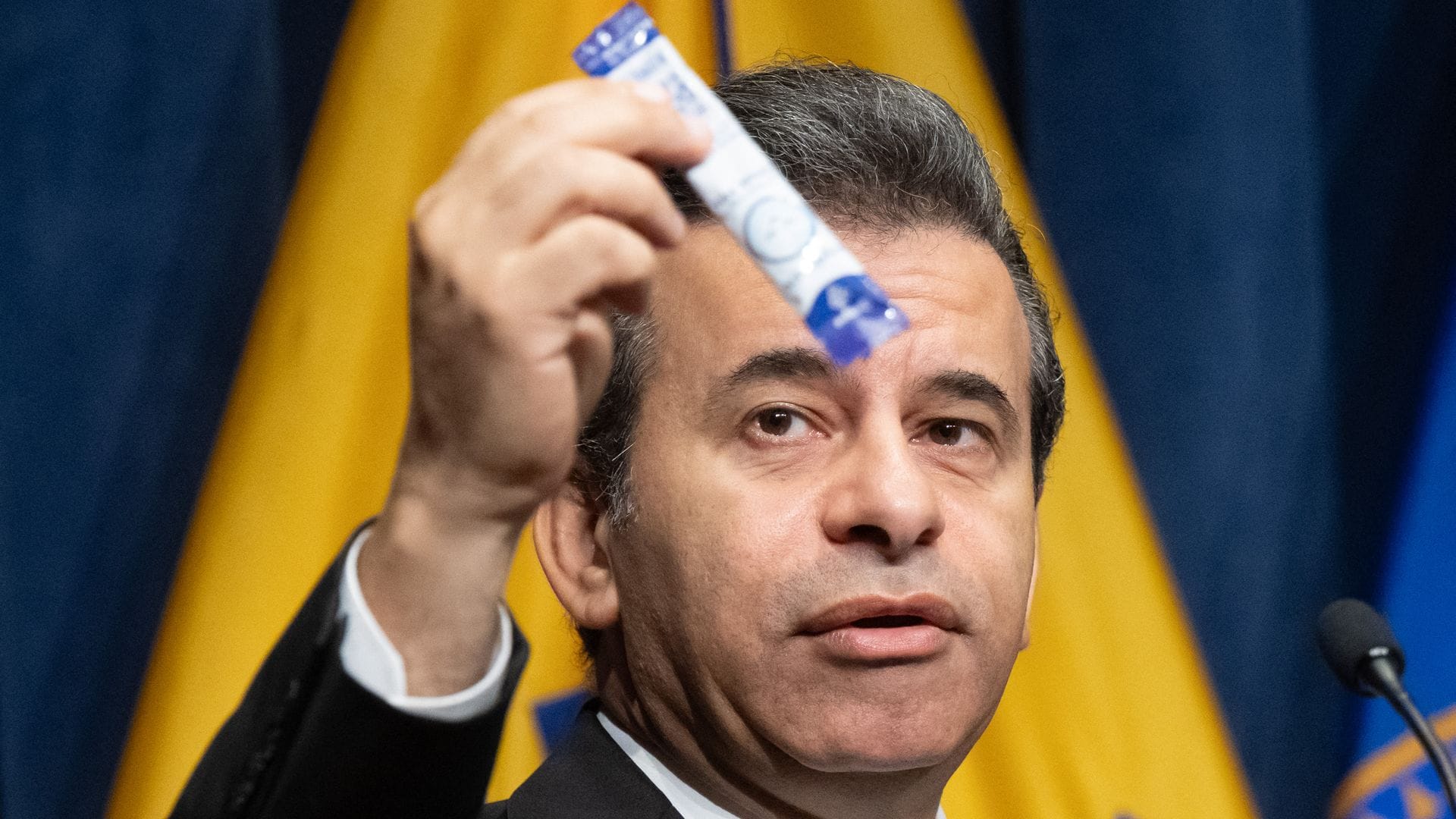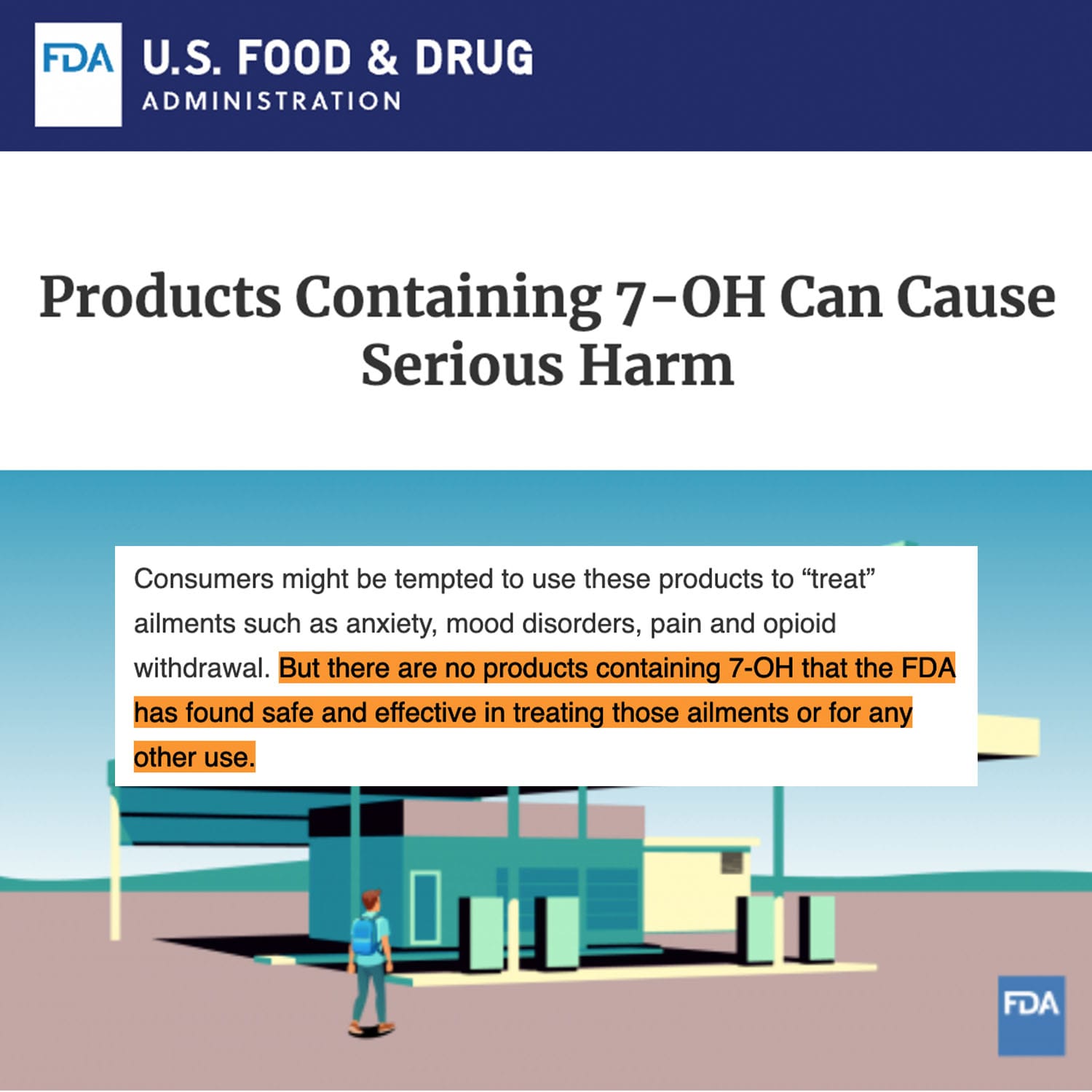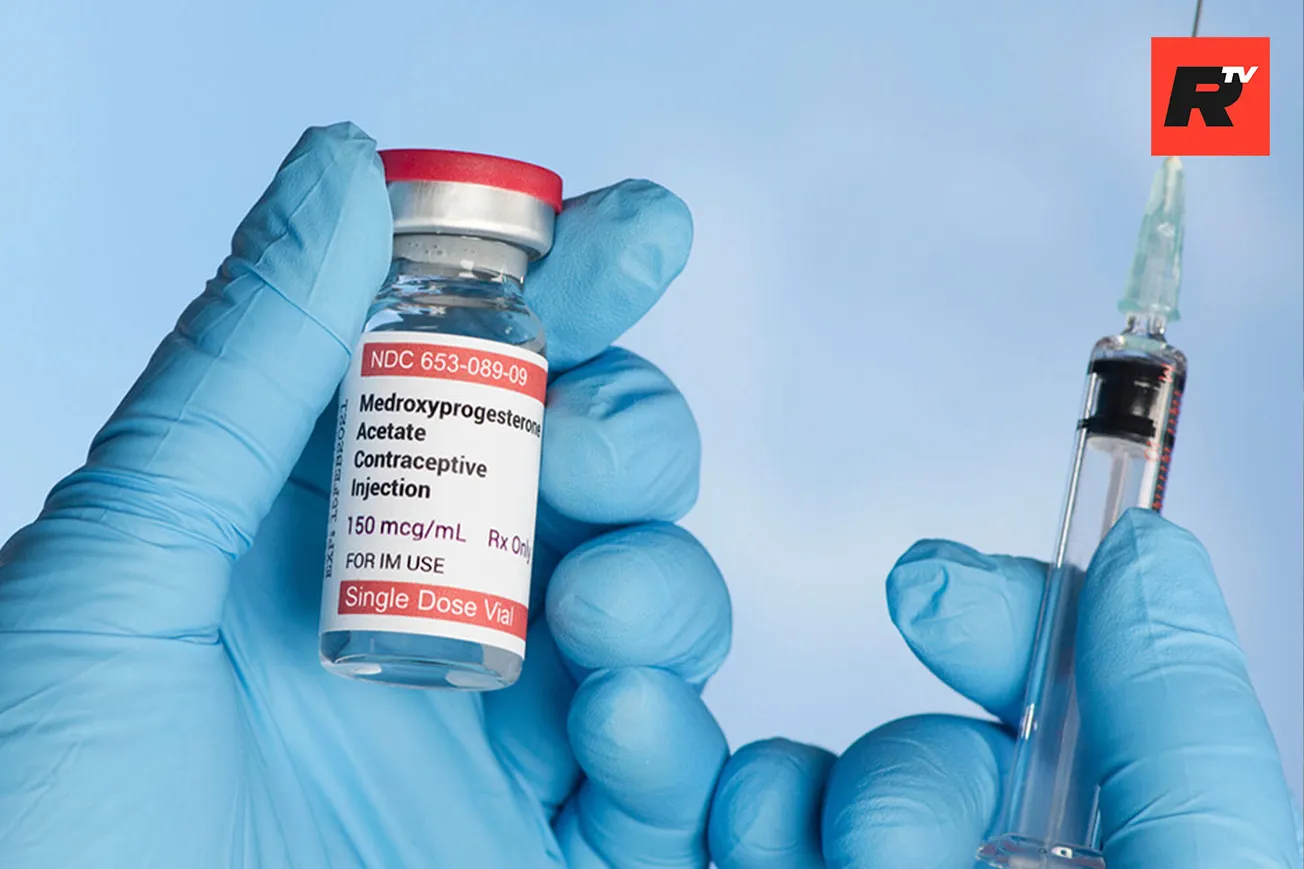A new opioid crisis is quietly sweeping into the United States — with dangerous products being sold casually in gas stations and smoke shops — fueled, in part, by foreign adversaries.
Marketed as a “natural herbal supplement,” 7-hydroxymitragynine (7-OH) is a synthetic derivative of kratom, a plant native to Southeast Asia. Unlike traditional kratom, 7-OH is significantly stronger than morphine, binding to opioid receptors and engineered for faster effects and greater dependency.
The result? An exceptionally high risk of addiction, overdose, and even death for unsuspecting consumers seeking pain relief, mood enhancement, or relaxation. Experts warn this represents the fourth wave of the opioid epidemic — following the surges of prescription opioids, heroin, and fentanyl.

Although many products are marketed as “plant-based extracts,” they often contain synthetic or highly concentrated derivatives at dangerously potent levels.
This creates an exceptionally high risk of addiction, overdose, and even death for unassuming consumers looking for pain relief, mood enhancement and relaxation. This crisis represents the fourth wave of the opioid epidemic, following the surges of prescription opioids, heroin, and fentanyl. Many of the products are marketed as plant-based extracts, but they often contain synthetic or concentrated derivatives at dangerously high potency.
Foreign Supply Chains and National Security Risks
Distribution of these products is deliberately fragmented across multiple retail brands — a tactic designed to evade detection and quickly adapt to market pressures. A substantial portion of production has been traced to Chinese chemical facilities, whose organizational structures mirror past state-linked operations.

This goes beyond public health and into the realm of national security. By embedding an addictive, foreign-controlled supply chain into the U.S. market, adversarial actors could foster dependency, exert strategic influence, and destabilize communities — all without direct conflict.
China has a long history of employing unconventional economic and chemical warfare tactics, and experts believe this latest wave may represent a calculated extension of that strategy.
What’s Next
In this new series, we’ll break down the legal loopholes enabling this multi-billion-dollar industry, investigate the foreign actors behind its supply chains, and expose the mechanisms driving the fourth wave of the opioid epidemic.











Conversation